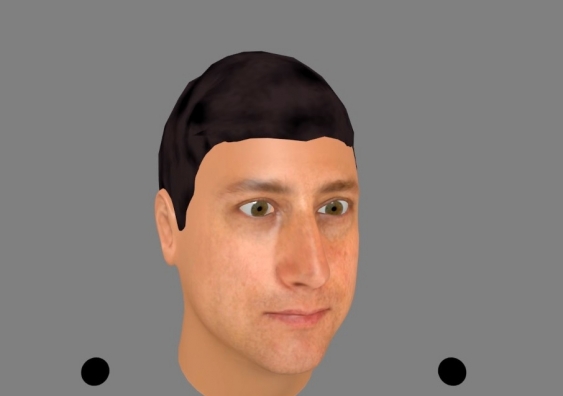Do you see what I see? New research says you do
Where other people are looking can influence our own way of seeing the world, new research at the UNSW School of Psychology has found.
Where other people are looking can influence our own way of seeing the world, new research at the UNSW School of Psychology has found.

In this video, you will see two black dots moving across the screen.
The question is: when the dots reach the centre of the screen, do they bounce off each other or do they move past each other?
For most people, whether the dots bounce or move past each other depends on how the face moves. In other words, what you see is the same as what the animated face sees.
“We studied what people see when watching animations like this, and found that other people’s behaviour can affect how we see objects interact, like in the video, as well as how far away things appear to be and how they move,” UNSW’s Dr Colin Palmer says.
To understand why this happens, we need to consider how our visual experience of the world is produced in the brain.
"The brain draws on different sources of information to produce this picture of the world," Dr Palmer says.
“In the video, how we see the dots moving depends on where the face is looking. This shows that our brains are using other people’s gaze as another cue to what is happening around us.”
The research on how the brain processes visual information about other people’s faces seeks to understand how we exploit this information for social functions – and also how differences in the way the brain deals with sensory information contribute to social difficulties in conditions like autism spectrum disorder and schizophrenia.
This work, published today in Current Biology, was supported by the Australian Research Council.